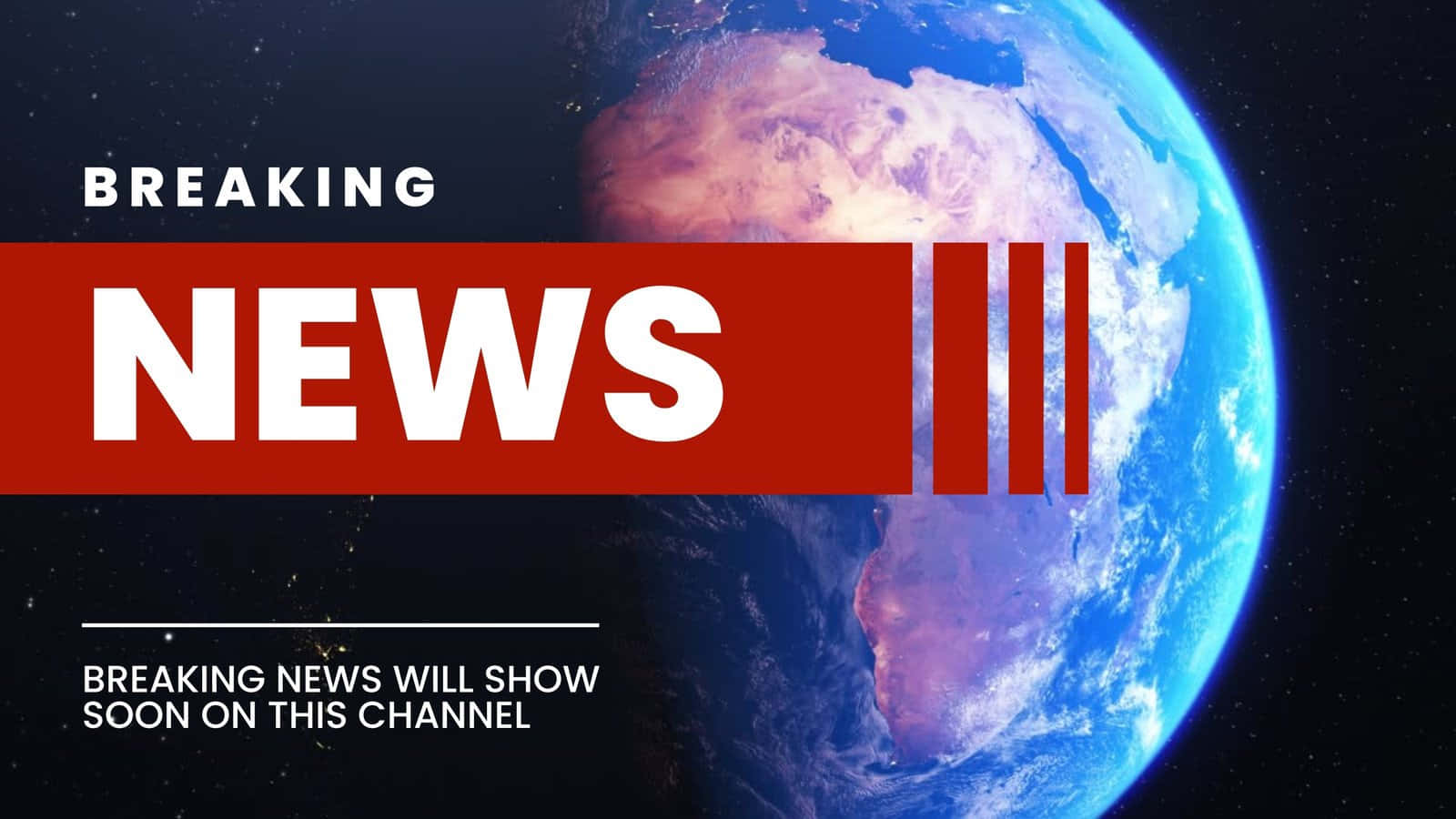特斯拉首席执行官埃隆·马斯克近日在其社交媒体平台上分享了一段视频,展示了拆下外壳的第二代人形机器人擎天柱(Optimus)迈着稳健的步伐自主行走。这段视频再次引发了公众对未来机器人技术和人工智能应用的广泛关注。
In a recent social media post, Tesla CEO Elon Musk shared a video demonstrating the stable autonomous walking of the第二代 humanoid robot, Optimus, with its shell removed. This video has once again attracted widespread public attention to the future of robotics technology and artificial intelligence applications.
视频中,Optimus的行走动作流畅,显示出其在平衡和运动控制方面的显著进步。这与去年首次亮相的初代Optimus相比,有了很大的提升。去年展示的Optimus还不能自由行走,更多的是作为一个概念证明。
The video shows Optimus walking smoothly, demonstrating significant progress in balance and motion control, compared to the first-generation Optimus unveiled last year. The initial version of Optimus was more of a conceptual proof and was unable to walk freely.
马斯克表示,Optimus的发展目标是成为一个有用的辅助工具,帮助人类完成各种重复性和危险的任务。他还强调,特斯拉正在不断提高Optimus的性能和功能,最终目标是使其成为一个完全自主的机器人。
Musk stated that the goal of Optimus is to become a useful assistive tool, helping humans complete various repetitive and dangerous tasks. He also emphasized that Tesla is continuously improving the performance and functionality of Optimus, with the ultimate goal of making it a fully autonomous robot.
未来,随着Optimus和其他类似机器人的发展,人工智能在各个领域的应用将越来越广泛,从而改变人们的生活方式和商业模式。然而,这也引发了一系列伦理和安全问题,需要社会各界共同面对和解决。
As Optimus and other similar robots continue to develop, the application of artificial intelligence in various fields will become increasingly widespread, changing people’s lifestyles and business models. However, this also raises a series of ethical and safety issues that need to be addressed by society as a whole.
【来源】https://www.ithome.com/0/748/451.htm
Views: 1
